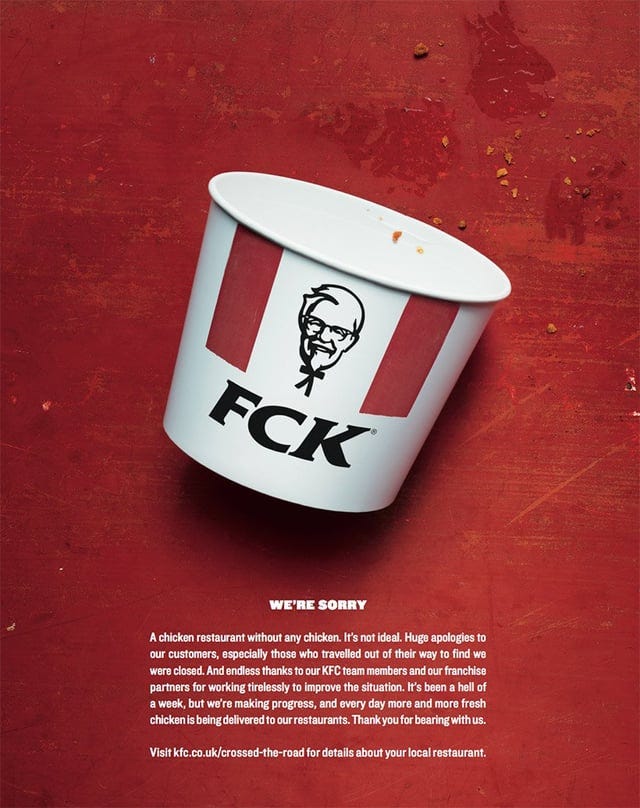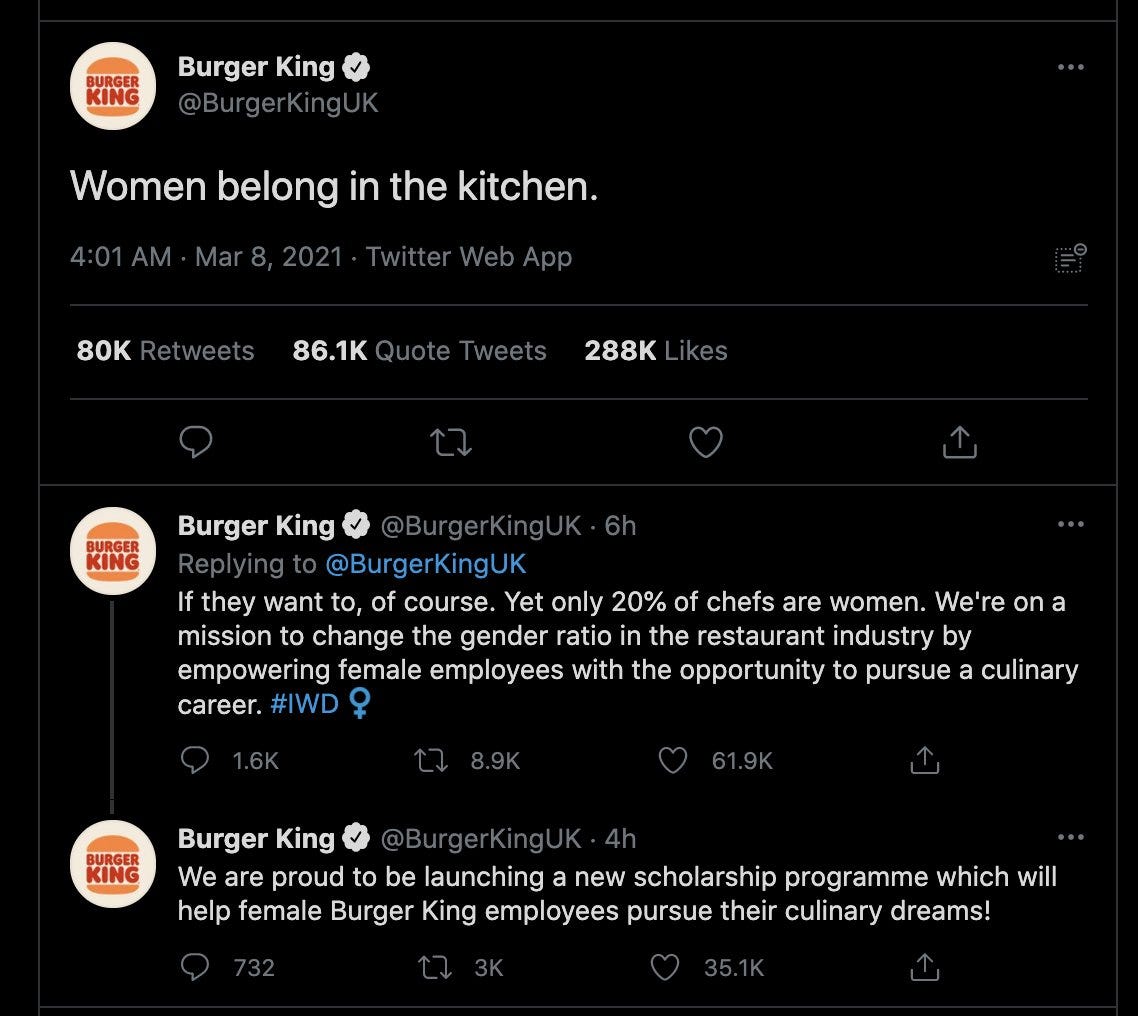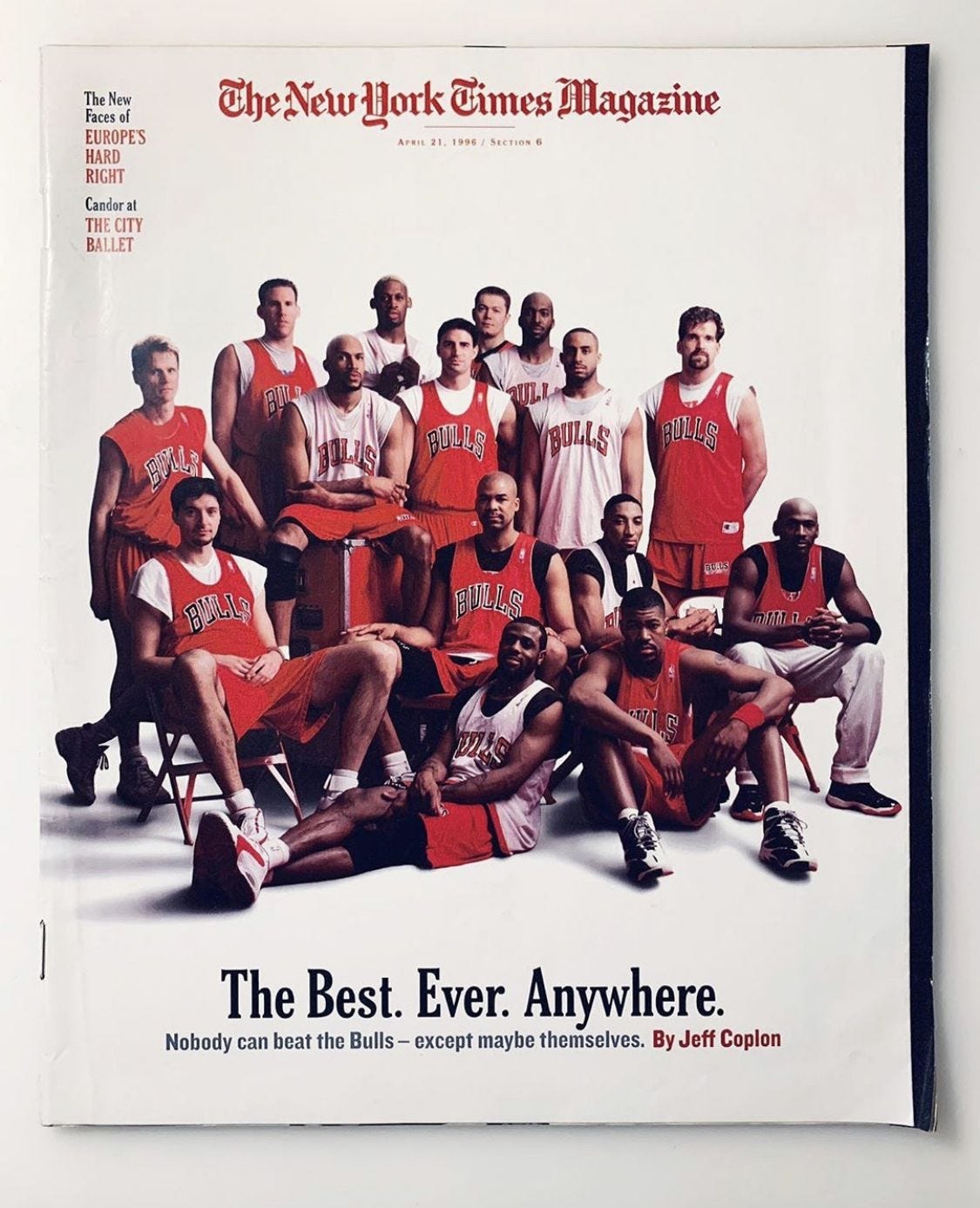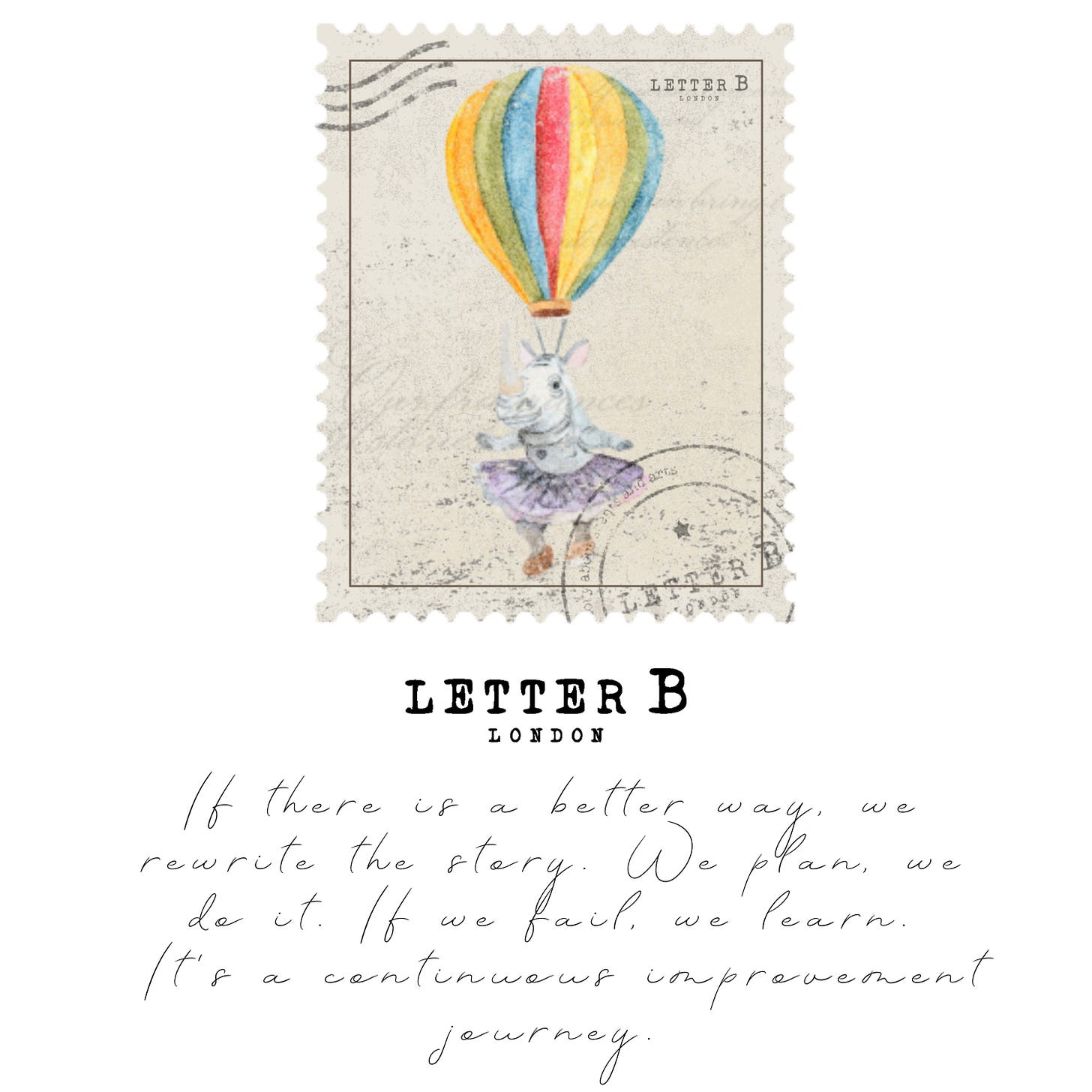Positioning is a Mindset
From Miyagi to Sinek to Sun Tzu, a philosophy of quiet power.
The most enduring thinkers don’t just act—they position themselves so success becomes inevitable.
🌱 Sun Tzu (The Art of War) teaches us to win without fighting. His strategy isn’t based on confrontation, but on clarity. Choose your terrain. Set your tempo. Let others chase.
♾️ Simon Sinek (The Infinite Game) reminds us that legacy outlasts victory. The ones who endure are those who know how to stay relevant, resilient, and purpose-driven.
🥋 Mr. Miyagi (The Karate Kid) shows us that mastery begins long before the match. The wax-on, wax-off is more than a quote —it’s a lesson in muscle memory, discipline, and the power of slow, intentional practice. The same applies to creativity, leadership, and brand-building. The small daily moves most don’t see? That’s where the work happens.
Karate Kid Trivia, Reframed as Wisdom
Sometimes positioning is also about perception—what you make people see and feel…
- The crane kick wasn’t real. It was invented just for the movie, but it became iconic.
- The story was inspired by real life. Screenwriter Robert Mark Kamen wrote it from his own experiences with bullying and martial arts training.
- Mr. Miyagi never wears a black belt. he didn’t care about status. For him, it was about balance, humility, and quiet mastery.
- “Wax on, wax off”. A reminder that true strength often hides in the small, consistent things.
Wisdom from the Greats
Newton: “If I have seen further, it is by standing on the shoulders of giants.”
Curie: “Progress is neither swift nor easy.”
Darwin: “Survival belongs to those who adapt.”
Einstein: “Strive to be of value, not success.”
Tesla: “The future, for which I really worked, is mine.”
Da Vinci: “Knowing is not enough; we must apply.”
Feynman: “Knowing the name isn't knowing the thing.”
Fuller: “Don’t fight the system. Build a better one.”
Bourgeois: “Tell your own story.”
Baldwin: “I’ll fit where I make space for myself.”
Positioning isn’t passive. It’s a mindset. A choice.
It’s how we prepare the ground before planting.
It’s how we know when to speak, and when to wait.
It’s the art of creating space before taking it.
Where you stand today shapes what becomes possible tomorrow.
Beijos,
Babi
https://barbaracraveiro.substack.com/p/positioning-is-a-mindset

The Halo Effect & Tattoos After 40
The Psychology Behind It
Recently, I met two nurses with tattoos and asked, “Why did you get them?”
Both got inked after 40. Their answers? Not just aesthetics, but identity, psychology, and perception.
Thinking about why tattoos become more appealing later in life, I revisited the halo effect and Daniel Kahneman’s System 1 & System 2 thinking (from Thinking, Fast and Slow).
- System 1 is fast and emotional—driven by instinct.
- System 2 is slow and logical—stepping in for big decisions.
The Halo Effect: How Perception Shapes Reality
We judge based on first impressions. If a brand feels premium, we assume all its products are top-notch. Tattoos work the same way—seen as rebellion in youth but as self-expression in midlife.
Most tattoos before 40? System 1: impulse, rebellion, fun.
Tattoos after 40? System 2 takes the wheel: deeper meaning, self-awareness, and intention.
Why Ink Feels Different After 40
- Life Experience = Meaningful Tattoos. Marking transformations—loss, love, personal growth.
- Strategic & Symbolic Choices. Thoughtfully placed, carefully designed. A mix of impulse (System 1) and intention (System 2).
A Look at Real Stories
The Guardian article "I got hooked on tattoos at 52. Is this a midlife crisis – or a new me?" explores how tattoos later in life are linked to self-discovery, breaking age stereotypes, and cultural shifts.
Beverlie Manson, 76, a children’s book illustrator, got her first ink in her 70s, after meeting the heavily tattooed man who would become her third husband. She, too, had not been much of a fan until she saw her husband naked. “The first time he and I got our kit off, I was shocked,” she says. “But it’s so aesthetically interesting.” His tattoos were random – she mentions the words “special fried rice”, in the relevant Chinese script, inked on his leg – and she decided to follow suit, with a line heart on the front of her left shoulder.
Next time you see someone with a tattoo, ask them about it. Chances are, there’s a great story behind the ink.
Beijos,
Babi
https://barbaracraveiro.substack.com/p/the-halo-effect

Crisis, Chaos & Popcorn: PR War Rooms
Battles with chicken, bananas and bikinis
I recently met Bella, a vibrant young PR professional, who gave me an insider’s view of crisis management—a battlefield where brands fight for survival, reputation, and, hopefully, a little dignity.
While the mention of a war room conjures images of intense meetings and rapid-fire decision-making, it’s also the stage for some of the most unforgettable and many times laughable moments in brand history.
1. KFC’s Chicken Crisis (2018)
A classic logistics fail I’d studied back when I was running operations in a fintech. Imagine: a fried chicken chain with no chicken.
The Crisis: KFC ran out of chicken across the UK after a supply chain switch designed to cut costs went terribly wrong. Chaos broke out. Angry customers stormed social media. Memes exploded.
The PR Save: KFC leaned into the absurdity with a full-page newspaper ad featuring an empty bucket and the letters “FCK”—an apology as bold as it was brilliant. They turned humiliation into humor.

2. Audi’s Banana Blunder (2020)
“How did nobody catch this?” The Audi banana fiasco was one of those moments.
The Crisis: A little girl eating a banana while leaning on a luxury car sparked accusations of inappropriate and suggestive imagery.
The PR Save: Audi quickly took down the ad and issued a public apology, but the damage had been done—the internet never forgets.

3. Lululemon’s Free Clothes for Naked Shoppers (2002)
The Crisis: To promote the grand opening of their new store in Vancouver, Lululemon offered free clothes to the first 30 people who stood naked outside the store for 30 seconds. While it was meant to be playful, the stunt caused public controversy.
The PR Save: Despite the backlash, Lululemon framed the event as a fun and quirky celebration of body positivity. Their unapologetic stance fit their brand, and the buzz generated by the stunt helped establish them as a bold, youthful brand.
4. Red Lobster and the Queen Bey Effect (2016)
The Crisis: Beyoncé referenced Red Lobster in her hit song “Formation,” and fans expected a sizzling response. Instead, Red Lobster served up a lukewarm tweet hours later: “Cheddar Bey Biscuits.”
The PR Save: They eventually gained traction, but the delay was a lesson in real-time marketing. Pro tip: When Beyoncé hands you the mic, don’t fumble it.
5. Ryanair’s Bikini Calendar Controversy (2014)
A charity calendar featuring flight attendants in bikinis
The Crisis: Accusations of sexism and objectification flooded in.
The PR Save: Ryanair’s unapologetic stance fit their rebellious brand identity, but it also fuelled the controversy. Sometimes doubling down can backfire—or, in Ryanair’s case, boost visibility.

6. Sunny Co Clothing’s Free Swimsuit Frenzy (2017)
The promise of a free swimsuit turned into a logistical nightmare.
The Crisis: Sunny Co launched an Instagram giveaway offering a free "Pamela" swimsuit to users who reposted their image and tagged the company within 24 hours. The campaign went viral, leading to an overwhelming number of participants. While some viewed this as a logistical misstep due to the unexpected demand, the CEO argues that the giveaway was a massive success. He points out that the campaign increased brand awareness and social media following, ultimately benefiting the company despite the challenges faced.

7. Burger King’s Women’s Day Tweet (2021)
When good intentions meet bad execution.
The Crisis: Burger King UK tweeted, “Women belong in the kitchen,” intending to highlight gender inequality in the culinary industry. It backfired spectacularly.
The PR Save: They deleted the tweet and issued an apology, but the internet had already crowned this a PR fail.

These crises are proof that even the most prepared PR teams can find themselves in hot water. But it’s often the recovery, not the crisis itself, that defines success. The war room isn’t about avoiding every mistake—it’s about how creatively and confidently you handle the unexpected.
Because when the ball drops, sometimes you just have to roll with it—and maybe turn it into a meme-worthy masterpiece along the way.
Beijos,
Babi
https://barbaracraveiro.substack.com/p/crisis-chaos-and-popcorn-pr-war-rooms

The power of a team
Lessons from Chicago Bulls and life partnerships
The Magic of Teams
In his book The Culture Code, Daniel Coyle dissects the DNA of successful teams, unveiling three core dynamics: building safety, sharing vulnerability, establishing purpose and having “deep fun”. These elements are the foundation for trust, collaboration, and a shared sense of identity that turns a group of individuals into something greater — a CULTURE.
Vulnerability: The Glue of Strong Teams
Coyle emphasises that vulnerability isn’t a weakness; it’s the gateway to trust. In The Last Dance, the Netflix series about Michael Jordan and the Chicago Bulls, this principle shines through. Jordan's relentless drive set the tone for his team, but their success wasn’t just about talent—it was about their shared willingness to push through challenges together. Jordan himself showed moments of vulnerability, acknowledging his dependence on teammates like Scottie Pippen and the late coach Phil Jackson. It was this balance of individual excellence and collective reliance that made the Bulls unstoppable.
Similarly, in life, the person you choose as your partner becomes your closest teammate. Vulnerability takes the form of honesty, openness, and the courage to admit when you’re wrong.
Safety: The Foundation for Risk-Taking
Creating a culture of safety isn’t about eliminating risks; it’s about ensuring that people feel secure enough to take them. Coyle highlights that great teams thrive when individuals know they can speak up without fear of judgment. Coach Phil Jackson wasn’t the “genius in the room” dictating every move. Instead, he empowered his players to express themselves.
Purpose: The Beacon that Guides
Purpose gives teams direction, turning their efforts into something meaningful. For the Bulls, it wasn’t just about winning games—it was about leaving a legacy. Every player knew their role in achieving that greater goal.
The partnership you form with someone isn’t just about companionship; it’s about creating a shared vision for your future. Whether it’s building a family, pursuing ambitious dreams, or simply supporting each other’s journeys, purpose binds you together.
Deep Fun: The Joy of Solving Challenges Together
Coyle describes “deep fun” as the exhilarating joy of tackling challenges alongside people you admire. This concept is found in the everyday triumphs: solving problems together, building something meaningful, and laughing through the chaos. It’s not about perfection; it’s about connection.

Be the Genius Maker
Perhaps the most profound lesson from The Culture Code is the idea of not being the genius in the room but the “genius maker.” This means elevating those around you, creating an environment where everyone can thrive.
In life, being a genius maker is about lifting your partner up, celebrating their successes, and working together to overcome obstacles. It’s about building a team that’s greater than the sum of its parts.
The Team You Build
Whether on the court, in the office, or at home, success stems from culture. It’s about vulnerability, safety, purpose, and a shared commitment to something bigger than yourself. Like the Chicago Bulls’ dynasty or the deep bonds forged in a life partnership, the most extraordinary teams are built on trust, respect, and the willingness to grow together.
Choose your team wisely—on the court and in life. After all, the people you surround yourself with will determine the culture you create and the legacy you leave behind.
PS: A special thank you to my partner in life, for embracing this beautiful, bumpy road we call life with me.
Beijos,
Babi
https://barbaracraveiro.substack.com/p/the-power-of-a-team

To plan or not to plan
If you don’t know what you looking for, you will never know when you find it.
We can’t control most of the outcomes, but we can influence them.
The very essence of life: we must expect the unexpected!
For many of us, planning ahead is a way to manage stress and to ensure we have control over our future. But what happens when major events scupper those plans or the better output is not to plan?
According to U.S. News and World Report, 80 percent of all New Year’s resolutions fail by the second week of February! When we fail, we may think that we simply didn’t try hard enough or desire our goal enough.
However, the truth is that success is the result of simple, productive actions repeated consistently over time.
“A goal is a dream with a deadline”. - Napoleon Hill
So when you write your dreams down, include dates. 80 percent of everything we do tends to get done in the last 20 percent of our available time. If we don’t set a deadline, our dreams may never become reality.
https://barbaracraveiro.substack.com/p/to-plan-or-not-to-plan
Time Management
How to prioritize and organize ourselves with a limited amount of time?
Youtube film maker Casey Neistat was asked by Nike to make a short film about what it means to #makeitcount. Casey spent the budget traveling around the world with his friend and a camera until the money ran out – it took ten days.
This is an amazing example on how to optimize time and turn the decision in the best outcome possible.
Every decision is a resignation, saying no is a learning to better time management. The author Oliver Burkeman has some interesting points on his book Four thousand weeks
Distraction
social media companies make their billions from the time you aimlessly, addictively provide them, “making you care about things you don’t want to care about”, as Burkeman says.
Becoming a better procrastinator by prioritizing limited goals and learning how to say no to some of the things you might want to do, but are not priorities are key to having a meaningful life.
After all, what we all want less stress and more leisure, that’s what the book Overwhelmed: How to Work, Love, and Play When No One Has the Time talks about.
https://barbaracraveiro.substack.com/p/time-management
To give context
Giving context drives the atitude we have in every situation. Nothing is obvious. Context gives us the possibility to connect dots.
When starting new relationships, it’s important to give context of your story and to understand theirs. It makes it easier to exchange experiences.
Let’s take social movements for example. They are an inherently complex, permitting any viable analytic perspectives. Social movements are correlated to social and economic contexts. If we understand the story and context of a country, we understand some decisions and path that the country took.
Netflix book, No Rules, Rules: Netflix and the culture of reinvention, describes one of their values to be “lead with context”. With context you give more freedom to managers to decide with security what to do without being micromanaged.
In Tate modern in London, a exposition from Yayoi Kusama: infinity mirror rooms transports us her unique vision of endless reflections.
Yayoi Kusama’s art context
When Kusama was ten years old, she began to experience vivid hallucinations which she has described as “flashes of light, auras, or dense fields of dots”. These hallucinations also included flowers that spoke to Kusama, and patterns in fabric that she stared at coming to life, multiplying, and engulfing or expunging her, a process which she has carried into her artistic career and which she calls “self-obliteration”. Kusama’s art became her escape from her family and her own mind when she began to have hallucinations.
To be transparent with your thoughts and questions marks make life smoother. Even though, it takes courage to share information that we are not comfortable with. Lot of times, we wish people could read us, why not make the path easier?
https://barbaracraveiro.substack.com/p/to-give-context
Time to quit
Far from failure, pivoting can lead to success
When quitting is the best option? Abandoning one path for another may bring greater rewards.
Here are some nice examples of “positive quitting”.
Twitter started as a podcast platform and pivot to become a social media with 140 characters, the same as SMS text. Today is 280. This video from one of the co-founders explains this change.
YouTube started as a dating website. The idea was for single people to make videos introducing themselves and saying what they were looking for. After five days no one had uploaded a single video, so the founders reconsidered.
Android started as a camera operating system. After they were acquired by Google, they repurposed the business to mobile handsets.
If they all stuck with their original vision, they probably wouldn’t be names that we know today.
Eric Ries, writer of the The Lean startup, explains this “time to change” as pivot, a change in strategy without a change in vision.
Some studies have found that people are best off when they not only abandon an unattainable goal, but choose another. Some of the world’s most successful people have proved that. Fashion designer Vera Wang began her career as a figure skater, then became an editor at Vogue. Alibaba founder Jack Ma applied unsuccessfully for dozens of jobs before he began designing websites. And Charles Darwin first studied to become a doctor, then a geologist.
“It is not the strongest of the species that survives, not the most intelligent that survives. It is the one that is the most adaptable to change.
Charles Darwin
When things are falling apart, they may actually be falling into place.
Belief
The power of believing something could happen involves a mix of values such as faith, confidence, trust, persistence, resilience and courage.
Bill Wilson is the co-founder of AA, he created a 12-step program for fellow alcoholics and the spotlight of the program is the belief in a higher power. Since then, Alcoholics Anonymous has helped an estimated 10 million people get sober.
Before founding AA, Wilson, an alcoholic of almost two decades, was told by a friend that God had been his ticket to sobriety. He laughed at first.
Many of AA’s participants are former non-believers or lack religion altogether. So why, exactly, does a program where 7 of its 12 steps require participants to belief in a higher power? The answer lies in how habits are changed.
One of the topics discussed in the book The Power of Habit from Charles Duhigg is how the program works and why some people succeed and others don’t.
The author describes the “Golden Rule of Habit Change”, you have to identify the 3 parts of the habit loop: 1. what triggers the behavior (cue), 2. the routine/behavior and 3. the reward. We must swap out the routine — while keeping the trigger and reward the same.
AA helps its members to create a list of triggers, and to discover what reward they get from drinking. To alter the habit, AA teaches members to rewire their routines so as to achieve the same reward without the unwanted behavior. For example, instead of drinking with a colleague at a bar when stressed, members are encouraged to meet with their sponsor. Often, the “reward” from drinking isn’t being drunk, it’s social interaction or relaxation.
Researchers had been perplexed that the former alcoholics they spoke with pointed God as the key to why they remained sober. But then they realized that God was just one way that people strengthened their cognitive ability to believe. Once alcoholics were able to believe in God, they were able to start believing in the change required for their new habits. AA hadn’t given people a religion, it had given the ability to believe in changes.
Faith is a key pillar to change.
Babi
https://barbaracraveiro.substack.com/p/belief
Dear ping pong ball
A little poem :)
Ready for the game!
Here I am, holding you in my hands, ready for the day of play. I’ve practiced a lot, putting all my strong feelings into my strategy. I thought it would make me focused and unbeatable.
But as the game begins, things don’t go as planned. I lose control. - I’m falling apart in front of you, can’t you see?
As the game progresses, my rage fades away, and you become as light as a feather. I let go of my detailed plans and start playing from the heart, although I’m not sure what strategy that is exactly.
The match becomes lighter and more intriguing for me. You see, my usual practice partner is a wall, but now I’m facing another heart and brain across the table, with different strategies, moves, and feelings. The result of this match feels like a combination of variables in a complex equation.
In a moment of clarity, I whisper to my opponent, “Thank you for playing with me and making me think again. I hope we both win.”
Babi
xxx
Most communication is non-verbal.
Adaptability, emotional intelligence, agile strategy, and collaboration are crucial for swiftly altering the course of a strategy.
The capacity to modify one's strategy and mindset in reaction to shifting circumstances is fundamental to successful personal growth, leadership and performance.
Managing emotions, staying focused under pressure are essential skills applicable in personal, sports, and business contexts alike.
Just like in a game of ping pong, business and personal strategies frequently require real-time evolution and adaptation.
Acknowledging the role of stakeholders in shaping experiences indicates flexibility through simple signs of communication.
This article from Fast Company talks about how emotional communication usually works.
The 55-38-7 rule by psychologist Albert Mehrabian states that in emotional communication, 55% is expressed through body language, 38% through tone, and just 7% through words. This highlights the importance of aligning nonverbal cues with verbal communication for clarity and impact and applies specifically to situations where emotions or attitudes are communicated.
Use all signs of communication wisely :)
Beijos
Babi
https://barbaracraveiro.substack.com/p/dear-ping-pong-ball

